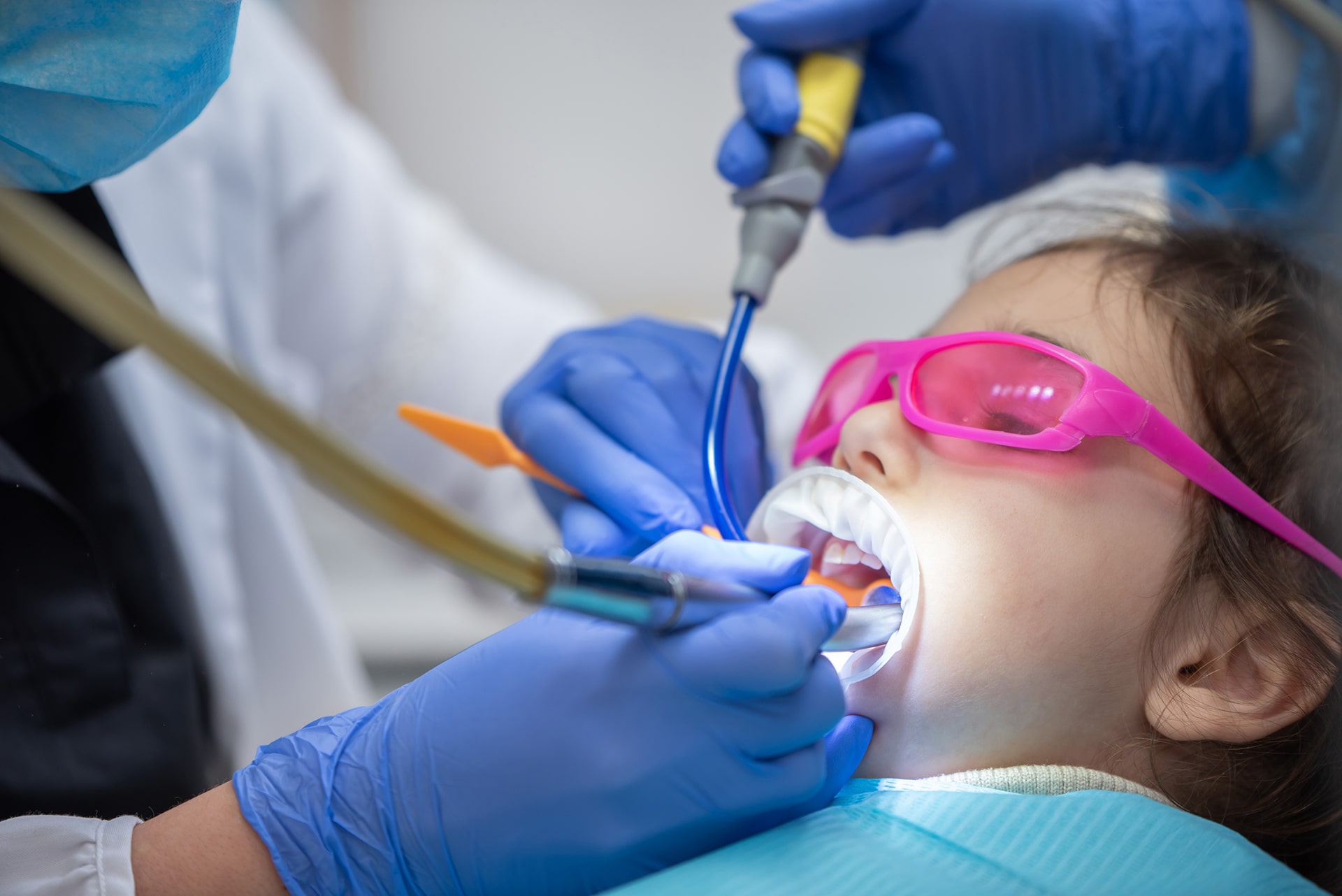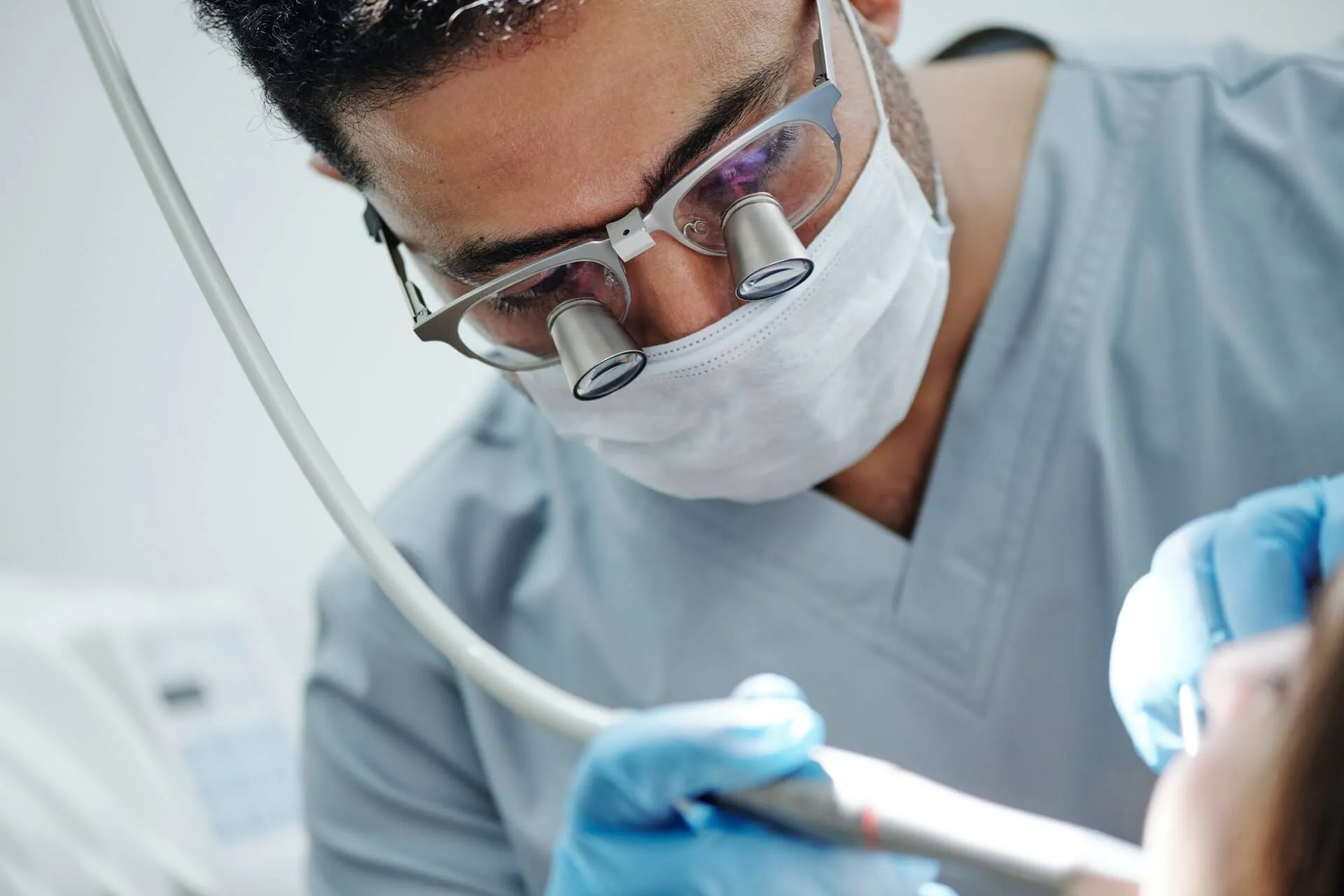PERIODONTOLOGY
A healthy smile begins with healthy gums.
At Aregak Dental Clinic, periodontal treatment combines precise diagnostics, advanced technology, and an individualized approach.
We not only eliminate inflammation and discomfort but also restore the full health of your gums, ensuring long-term results.



